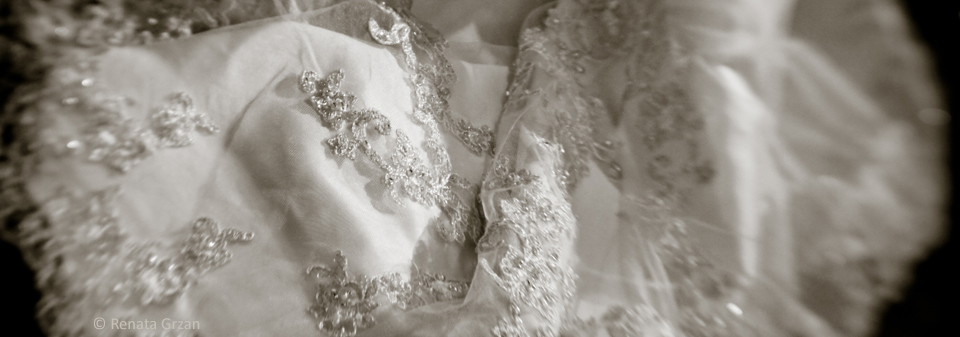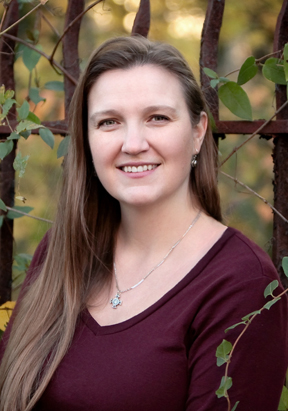
.jpg)
…White Balance that is.
Here’s a quick tip, (while I wait to book Margaret for the next set in her series).
This is something else I see all the time, won’t name names, but you know who you are 😉 and it’s as easy to fix as pushing a button.
There is such a thing as color temperature. We often refer to light sometimes as warm or cool in appearance. Candle light for instance is very warm and often makes everything look very yellow. The typical household bulb replicates that color. In temperature speak, it’s called tungsten. The standard is daylight, where your whites always look white, with no color cast. What happens after dark in reality is that we get a whole mixture of light temperatures given the various types of artificial light out there. Fluorescent lighting often casts a very unattractive green on everything. (When I shoot events with mixed lighting such as fancy rooms with decorative tungsten lamps, overhead florescent, a few new compact fluorescent bulbs and the odd window here and there, it’s always a pain to try and color correct the image and make people’s skin tones look natural. The light quality and temperature is the first thing I assess.)
Daylight always makes us look most natural. Maybe most people don’t know this, and I just take it for granted, but there’s a button or dial on most cameras these days (it use to be on the film before) but now you just flick a switch and select daylight, tungsten, florescent, overcast… for the corresponding color temperature in order to get the most pleasing reproduction. (This I found so liberating, by the way, when I switched to digital because I didn’t have to commit to a whole role of film being balanced for one color temperature. Wow that brings back memories! I can now change mid roll – so to speak!)
So it’s that easy! Above I took a photo of a white candle under a tungsten bulb (in regular jpeg, like what most people shoot on, and with no fancy editing), so you could see the difference. The first image was set to tungsten white balance and the camera corrected for the extra yellow, while the second image was set to daylight. Now this is extreme and most cameras just have a default of Auto White Balance (AWB), but I never find that to be very accurate because it seems to favor daylight.
So if you are in a dimly lit room and things are looking really yellow, find the white balance menu on your camera and turn it to tungsten. It’s often represented with a symbol to look like a light bulb. Try it and say goodbye to liver disease, at least the appearance of it! And don’t forget to switch back in the morning. 🙂




Okay, yay! I finally read this one! Now I’ve got to go find that button on my camera! And hope you don’t mind me saying that it’s liver problems that produce jaundice rather than kidney 🙂
Oh, indeed! Correction made; thanks Zoe! Good thing I’m not a surgeon!